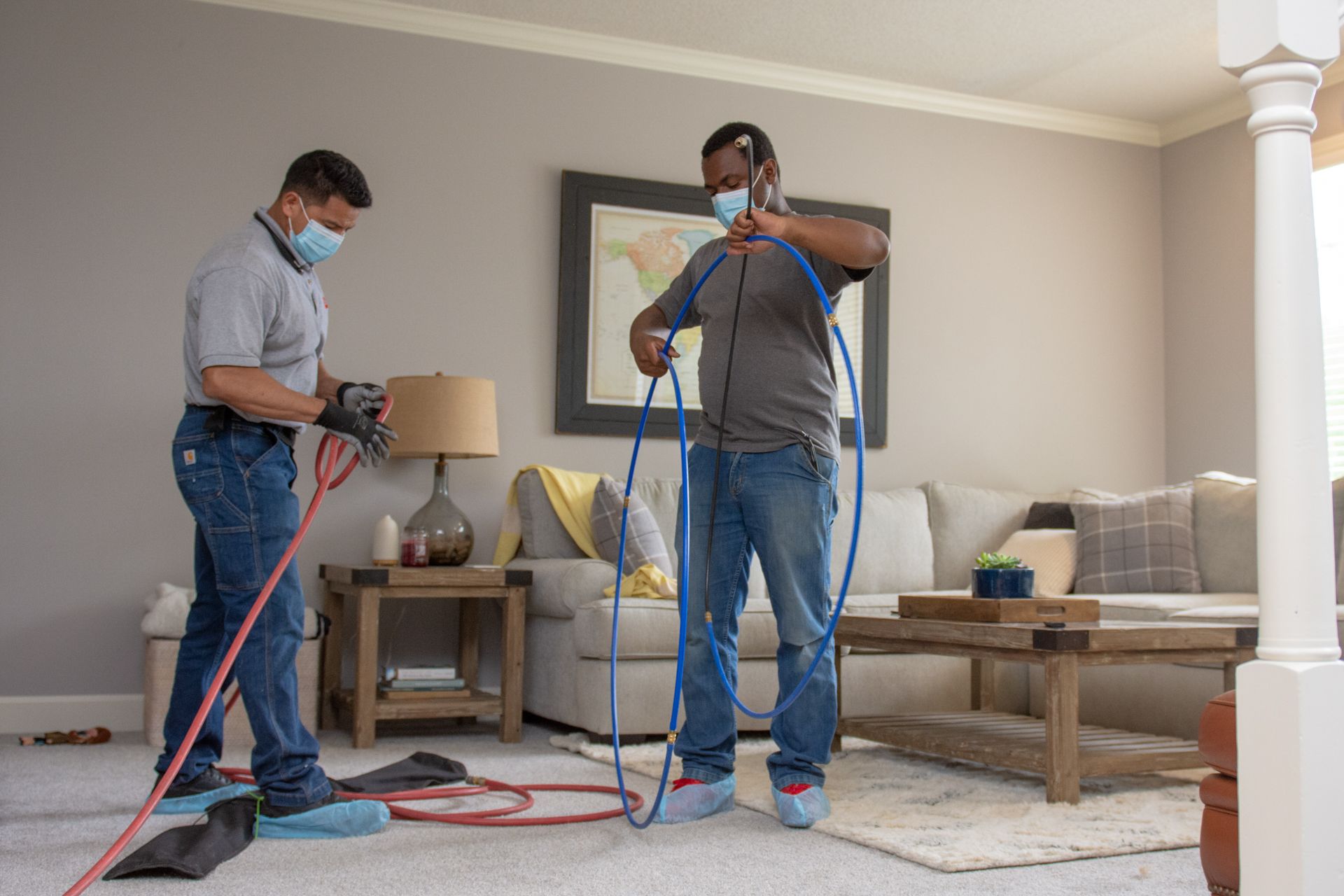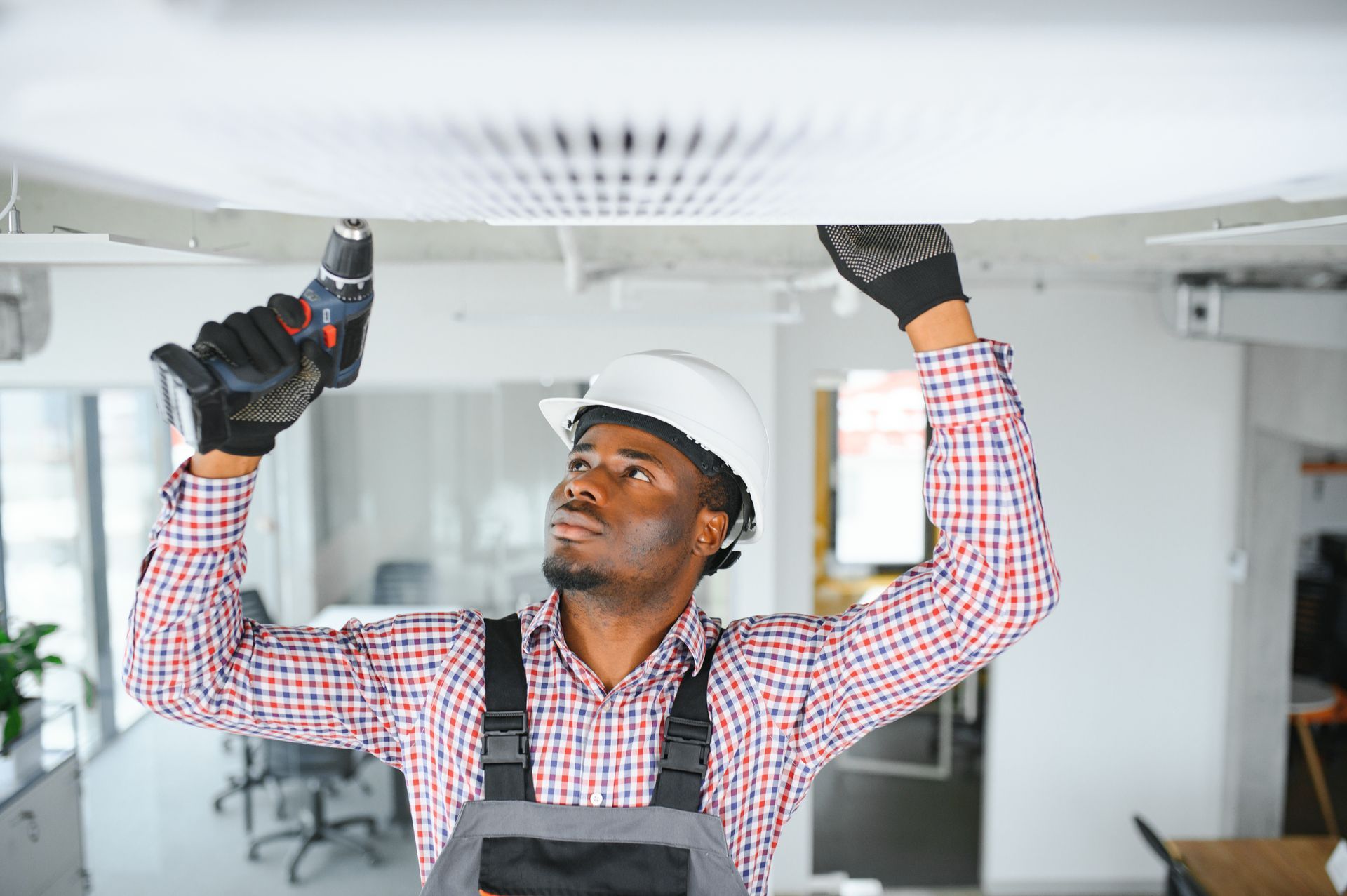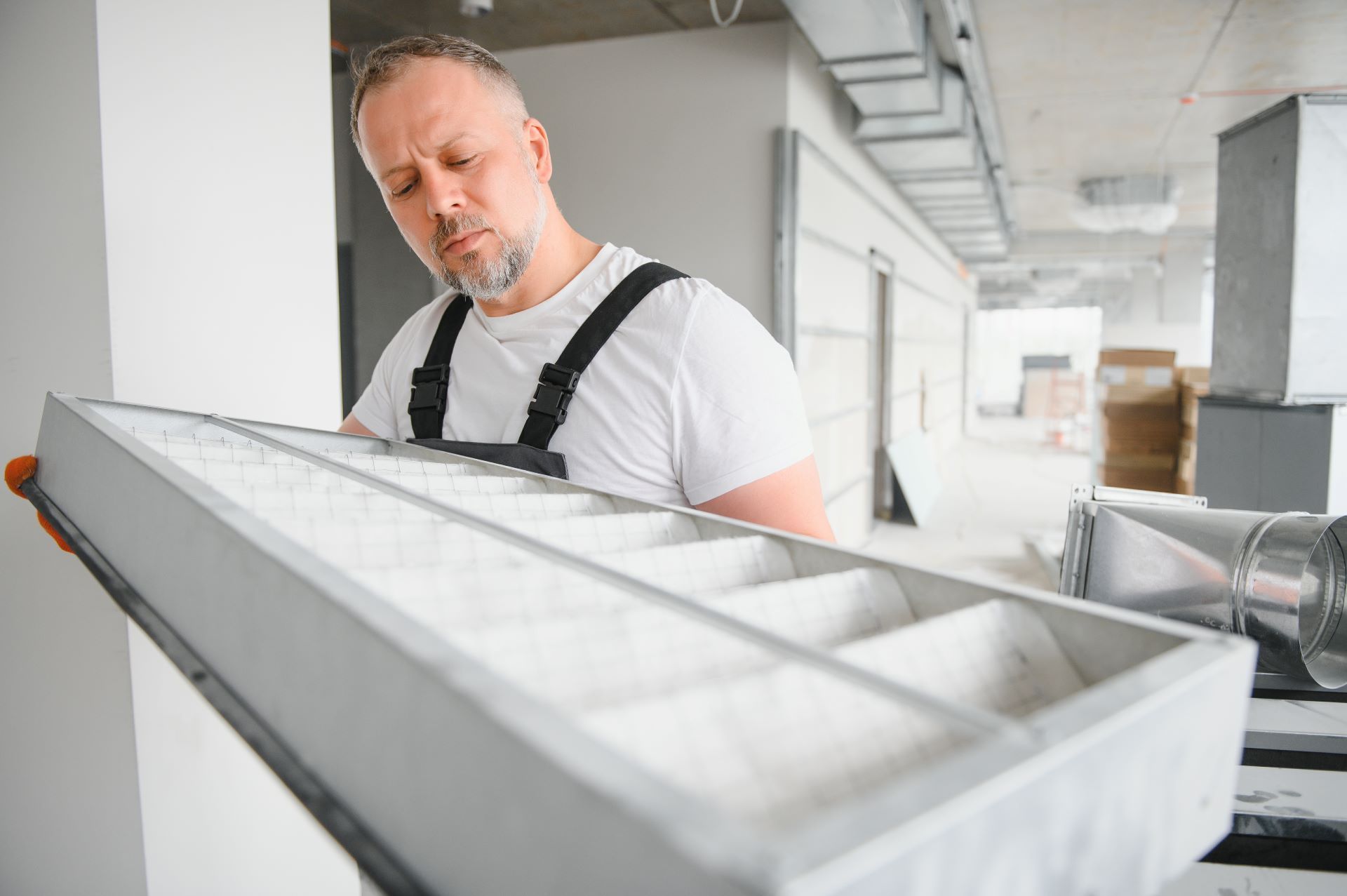Why is my Ductwork Sweating?
As a homeowner, you might notice your ductwork doing strange things every now and then. Sometimes it might be making a weird sound, or maybe air flow is blocked. But what does it mean when your ductwork is sweating?
Ductwork sweating can be a cause for concern, as it indicates an underlying issue that needs attention. In this article, we'll delve into the causes of ductwork sweating, its consequences, and how you can prevent it from happening.

What Causes Ductwork Sweating?
Ductwork sweating occurs due to a phenomenon called condensation. Just like a glass of cold water develops droplets on the outside on a hot day, your ducts can also accumulate moisture. This happens when warm, humid air comes into contact with the cooler surfaces of your ducts. The resulting condensation can lead to a range of problems if left unaddressed.
Humidity Levels
Humidity plays a significant role in the occurrence of ductwork sweating. Maintaining the right indoor humidity levels is crucial to prevent this issue. The ideal indoor relative humidity should be around 30-50%. Anything higher than that can create conditions conducive to sweating. High humidity not only causes discomfort but can also impact indoor air quality and encourage mold growth.
Poor Insulation or Lack Of
Proper air duct sealing and insulation is a key factor in preventing ductwork sweating. Insulating your ducts helps to create a barrier between the warm indoor air and the cooler surfaces of the ducts. This minimizes the potential for condensation to form. If your ducts lack insulation or if it's deteriorating, you're more likely to experience sweating issues.
Ductwork Design and Airflow
The design of your ductwork system can also contribute to sweating problems. Poorly designed ducts can lead to inadequate airflow, causing temperature differences that encourage condensation. Ensuring proper ductwork design and efficient airflow can mitigate sweating concerns.
Signs and Consequences of Ductwork Sweating
Detecting ductwork sweating early is crucial to preventing further issues. Look out for visible signs such as water droplets forming on the ducts or moisture stains around the ductwork area. Ignoring sweating can lead to mold growth, which not only damages your ducts but can also impact your indoor air quality and health.
Additionally, sweating ducts can reduce the efficiency of your HVAC system, leading to higher energy bills.
DIY Solutions and Preventive Measures
Fortunately, there are steps you can take to prevent or minimize ductwork sweating. Here are some DIY solutions and preventive measures:
- Maintain Indoor Humidity: Use a dehumidifier to control indoor humidity levels and keep them within the recommended range
- Improve Insulation: Check the insulation around your ducts and repair or replace it if needed.
- Ensure Proper Airflow: Make sure furniture and other objects don't obstruct the airflow around vents and registers.
When to Call a Professional
While some sweating can be addressed with DIY measures, there are situations where it's best to call in the professionals. If you notice extensive sweating, persistent mold growth, or if your HVAC system's performance is affected, it's time to seek expert assistance. HVAC professionals have the knowledge and tools to diagnose and resolve complex ductwork issues.
If you have questions or concerns about ductwork sweating or other HVAC-related issues, feel free to contact the team at Midwest Duct Cleaning. We're here to help you ensure your home's comfort and well-being.










